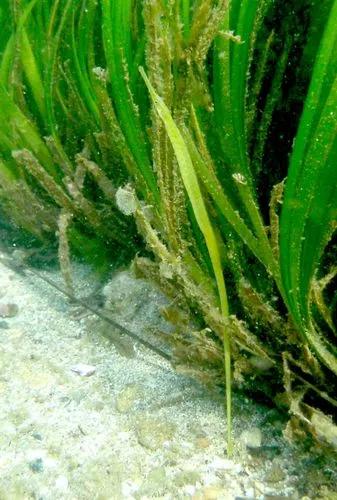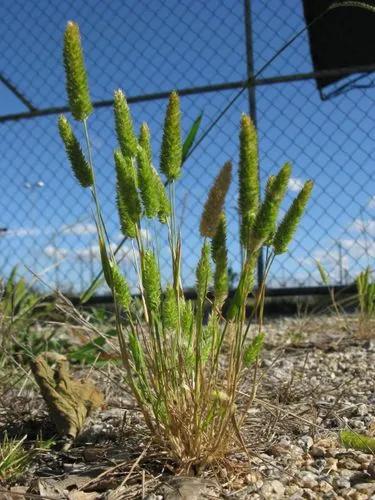Festuca filiformis, known by the common names fine-leaf sheep fescue, fine-leaved sheep's-fescue, hair fescue, and slender fescue, is a species of grass. It is native to Europe and it is widespread elsewhere as an introduced species and often a weed.
Fine-Leaf Sheep Fescue Care
Festuca filiformis



They are herbaceous , perennial , cespitose plants with erect stems ( culms ) that can reach 45 cm long. The inflorescence is a panicle made up of numerous spikelets, each with up to 8 florets. It can be invasive in the US.
This plant might be poisonous
How to get rid of:
Spring nonbearing-year terbacil applications (2,000 g ai ha–1) exhibited variable efficacy on hair fescue with reduced total tuft density at one site and reduced flowering-tuft density and flowering-tuft inflorescence number at two sites.
Suppression was limited to the year of application only. Terbacil followed by (fb) foramsulfuron (35 g ai ha–1) did not improve suppression. A terbacil tank mixture with glufosinate (750 ai ha–1), however, reduced flowering-tuft density and flowering-tuft inflorescence number at each site and reduced total tuft density at one site, suggesting improved suppression with terbacil + glufosinate relative to terbacil alone.
Terbacil + glufosinate fb foramsulfuron gave additional reductions in total tuft density at two sites and reduced bearing-year flowering-tuft density at two sites, indicating that hair fescue suppression with this herbicide combination extends into the bearing year. Although less effective than the industry standard pronamide applications, terbacil + glufosinate or terbacil + glufosinate fb foramsulfuron could be used as part of a weed management program for hair fescue in lowbush blueberry.
Discover more plants with the list below
Popular articles






